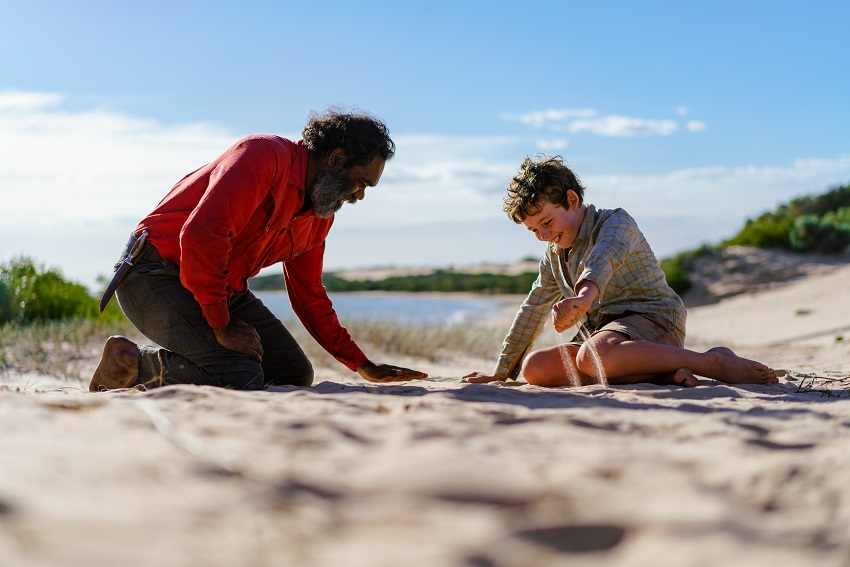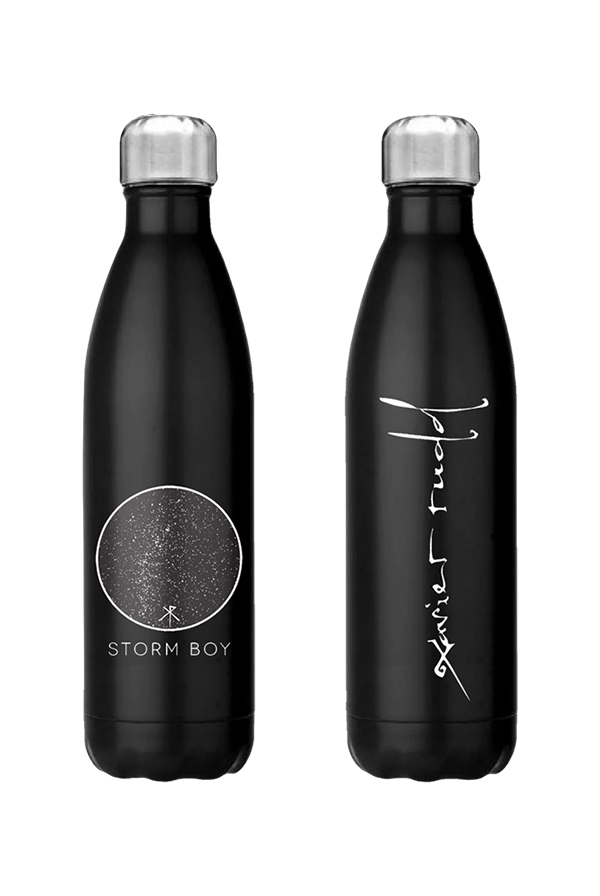

The next issue of Sunrise presented by Vancouver Sun will soon be in your inbox. If you don't see it, please check your junk folder. Manage Print Subscription / Tax ReceiptĪ welcome email is on its way.Vancouver Sun Run: Sign up & event info.Perhaps one of show business’s famous adages – never meet your idols – extends all the way to the animal kingdom. “He was quite willing to accept a pat here and there sometimes, but then as well he could be quite feisty to us and give us a bit of a slap with his beak if he was hungry,” reminisced Percival’s keeper to ABC News. We do know the real Mr Percival, who had been living in Adelaide Zoo since the late-1980s, passed away in 2009. God knows how they trained a pelican to do all this. In addition to performing a primitive version of tag (mostly just him running) Percival has a bunch of tricks tucked up his wings, including the ability to catch balls and return them. In many ways this plucky and precious pelican is the core of the film. The three key (human) performances are wonderful but Percival steals the show. When Gulpilil says the final, Circle of Life-esque line – “bird like him, never die” – it’s such a wonderful moment. Saying goodbye to Mr Percival, or at least acknowledging he won’t be around forever, becomes a metaphor for Mike growing up and transitioning from the simple wonder of childhood to a world of greys and complications. Later, during one of the film’s unforgettable scenes – a Willy-esque moment, but minus the super serve of cheese – Percival saves the lives of four sailors stuck in rocky waters. Safran cuts to shots of the birds, waves crashing up against rocks, then back to the always entrancing Indigenous actor, now dancing on the sand. Twenty minutes in, Gulpilil, in traditional Aboriginal bodypaint, recites a spiritual story about pelicans. The film’s colour palette darkens to reflect a more sombre state of play as the story progresses. When Tom says “there’s a storm brewing” the film wants us to interpret the line as more than an assessment of the weather. It is also a drama deeply attuned to its own aesthetic. Granted, it’s not a burgeoning genre, but Storm Boy is right up there with the most affecting family films involving animals. Thus begins probably the most loving portrait of a human being’s relationship with a pelican in cinema history.
#Storm boy music free#
When they are raised to health they are set free but Mr Pervical refuses to leave, flapping about, following Mike, pointing his long snoz in the direction of people rather than the water. After discovering men have been shooting at the birds, Mike pledges to adopt three of them and his father grudgingly agrees. This is one of two friendships core to the film the other involves a pelican named Mr Percival. Mike heads towards a small fire burning on an island, where he meets Fingerbone (David Gulpilil). The way Safran constructs the scene reflects the beauty of the water, which looks like a softly shimmering blanket, small waves moving with the ebb and flow of the film’s editing. When we see Mike out in the wetlands by himself he is on a makeshift raft with a makeshift paddle, drifting among the reeds. Tom’s cynicism has a back story, of course, which he will eventually be forced to reassess for the sake of his child. “The radio will tell you that you need this and that and a thousand other things,” he says. But his father Tom (Peter Cummins) instructs him to throw away the strange contraption (a personal radio), while in the small ramshackle hut they share. The boy, Mike aka Storm Boy (Greg Rowe) takes home an artefact collected from the sand.

The season looks more like autumn than summer, helping establish a sense of melancholy important to Storm Boy’s mood and energy. Geoff Burton’s cinematography (he also shot The Sum of Us and Hotel Sorrento) avoids the heavy, orange, sunburnt look so common in Australian films set among beaches or in the desert.


Shot along the coast of Coorong in South Australia, near the mouth of the Murray River, beautiful opening images of the sky and the coastline zoom into a child walking along a beach.


 0 kommentar(er)
0 kommentar(er)
